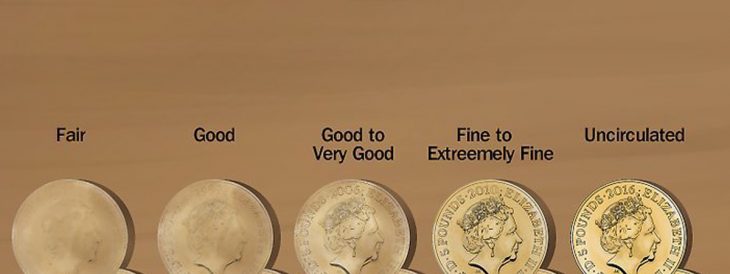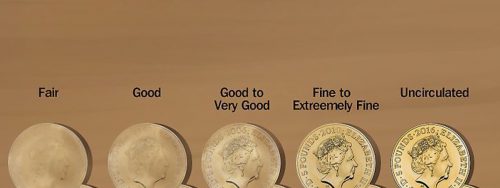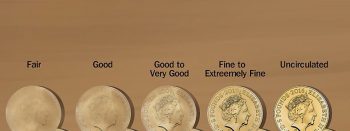Last updated on June 15th, 2025 at 04:24 am
Last Updated on June 15, 2025 Posted by Colonial Acres Coins
Be it Canadian coin currency or that of other countries, coin grading is a process that sometimes creates much controversy. While it is an important aspect of coin collecting, it is not a process that gives identical results each time it is applied. In fact, grading is always done according to each individual opinion of each grader.
Canadian Coin Currency: The Challenges Of Grading
One way to go around the fact that it is human nature to be subjective about beauty is to create a system of grading accepted by all. When we say “all,” we mean coin dealers and coin collectors. Such a system relies on collectors and dealers agreeing upon definitions of coin grading adjectives that describe the level of preservation of a particular coin.
For example, a Canadian currency coin might be described as “extremely fine” if all of its design details are intact and it has very little wear on it. Similarly, it can also be described as “poor” if it is so worn it is barely recognizable. Unfortunately, this is common when it comes to various Canadian coin rolls.
Major Categories Of Coin Grading That Are Applied To Coin Rolls In Canada
There are two major categories of grading for any particular series of coins or coin rolls. One is called circulated and the other is called uncirculated or mint state. When it comes to circulated coins, their coin grade is based on their state of preservation. Coins that have suffered less wear due to circulation are more desirable to coin collectors.
On the other hand, even uncirculated coins differ in desirability to collectors and dealers. This is because they too display different characteristics, to begin with. That is why the grade given to an uncirculated coin also depends on factors such as:
- Strike
- Die
- Planchet
When it comes to strike, the reason why it affects the grading of coins, including the coin currency of Canada has to do with the striking process, such as workers at the mint constantly adjust the coining press during the minting process. While attempting to achieve an optimal strike, they change the amount of pressure. Too little pressure makes the coin die last longer but obscures the finer details of the design. Too much pressure brings out the design details, but thins out the die and makes it wear out sooner.
A coin die is used when manufacturing coins. Like any other part used in the striking process, it too will deteriorate and wear out over time. That is why the highest quality coin that is produced is the first one struck off a fresh set of dies.
Lastly, a planchet is a pre-prepared metal blank shaped like a disc onto which the devices of a coin image are pressed or struck. There are many ways in which a planchet can become damaged or receive quality issues while being transported or handled throughout the mint. That is why undamaged planchets are most sought after by coin collectors.
For more information on coin grading techniques, information and guides, visit Colonial Acres Coins.




